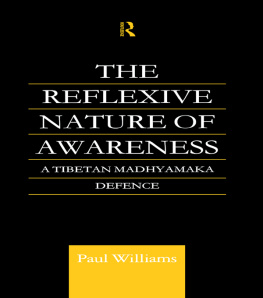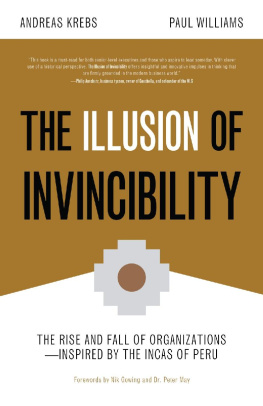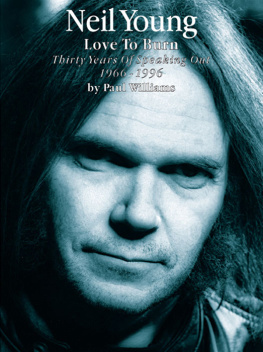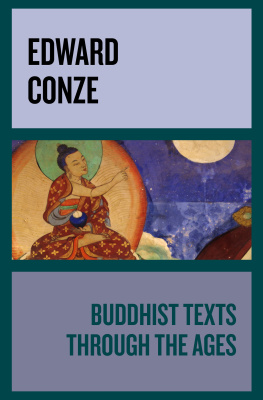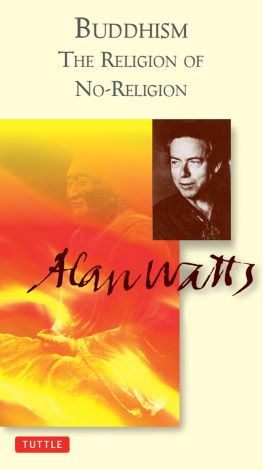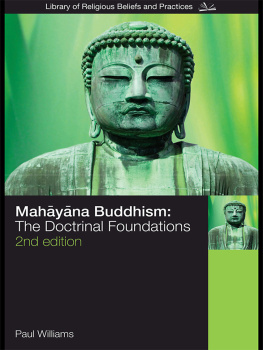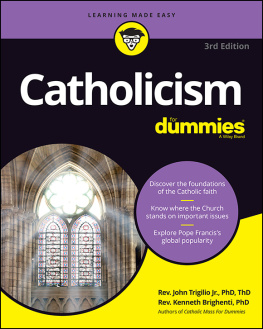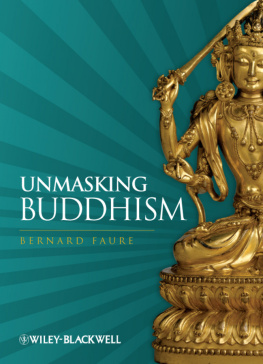Page List


C ONTENTS
9781860824043
Ebook Edition July 2017 ISBN: 9781784694753
Version: 2017-07-17
Paul Williamsis Professor of Indian and Tibetan Philosophy and Co-director of the Centre for Buddhist Studies, University of Bristol. He is a former President of the UK Association for Buddhist Studies. He has written six, and edited eight, books related to Buddhist thought. With gratitude to Professor Gavin DCosta and Peter Williams, who read the draft manuscript and between them saved me from many mistakes.

Buddhism is the -ism that is named after the Buddha. The word Buddha is not a name, like Archibald or Freda, it is a title. It means, in the ancient Indian languages (e.g. Sanskrit and Pali) from which it is derived, an Awakened One. It refers to one who has awakened in the deepest, most life-transforming way, to a final understanding of the way things truly are. In coming to this understanding he (there is little evidence in ancient Indian sources that a Buddha, as such, could be a she) is held to have brought to an end for himself all the forces that lead to suffering, frustration, disharmony and, in short, all those negative experiences that we would rather do without. These negative experiences that a Buddha has escaped from are, and have been, ours not just in this life but also in past lives, for Buddhists believe in reincarnation. And, Buddhists claim, there is no chronological first beginning to the series of past lives. We have all of us been reincarnated an infinite number of times. No god is needed, either to start the series off - there was no first beginning - or to explain why there is anything at all rather than nothing. There just are things, and always have been things, and questioning that is both pointless and irrelevant to the overriding and intensely practical aim of overcoming suffering. We have all experienced infinite suffering, and we shall continue to be reborn and to suffer until we see things the way they really are and bring to a complete and final end the forces within us that have led to so much suffering. These forces are mental acts ( karma) of greed, hatred and ignorance (or delusion), and they power the physical actions that spring from those three root poisons. Such acts have been ours throughout infinite past time, they lead to our suffering, but they are not essential to us. We can completely eradicate them, and produce instead their opposites - altruism, loving-kindness, and wisdom. A Buddha is one who has developed these positive qualities to their highest degree, their perfection.
In achieving this goal the Buddha has not simply abandoned others. Out of his altruism, loving-kindness and wisdom the Buddha has also taught the way for others to follow him and achieve for themselves what he has done. His teaching, and the way things truly are - which he has discovered and that is expressed in his teaching - is known in Sanskrit as the Dharma(Pali: Dhamma). This all-but-untranslatable term carries with it the senses of: Teaching, Doctrine The Way It Is, Things As They Really Are - and perhaps also a little of the sense of Righteousness, all rolled into one. For lay supporters and donors the Buddha taught mainly basic moral teachings, but his particular interest was in establishing an Order of renouncers - monks and nuns - who could devote themselves full-time to following the Way he mapped out for them in the Dharma. Inasmuch as this Way sets out to reverse psychological forces that are deeply ingrained habits from infinite lifetimes, it requires dedicated practice in morality, in meditation, and in wisdom. It is not a Way for amateurs. Thus the Buddha also established the Sa gha. This Order in its fullest sense consists of four parts: the monks, the nuns, and pious and devoted male and female lay supporters, although the term Sa ghais also commonly used to refer to just the monks and nuns.
These three components, Buddha, Dharma and Sa gha, are known in Buddhism as the Three Jewels. The minimum requirement for being a Buddhist is to take refuge in the Three Jewels (and, of course, to act on them in ones life). One takes refuge in the Buddha as the one who has come to understand, realise and teach the way things really are, the way that alone leads to final cessation of all suffering and other negative states.


